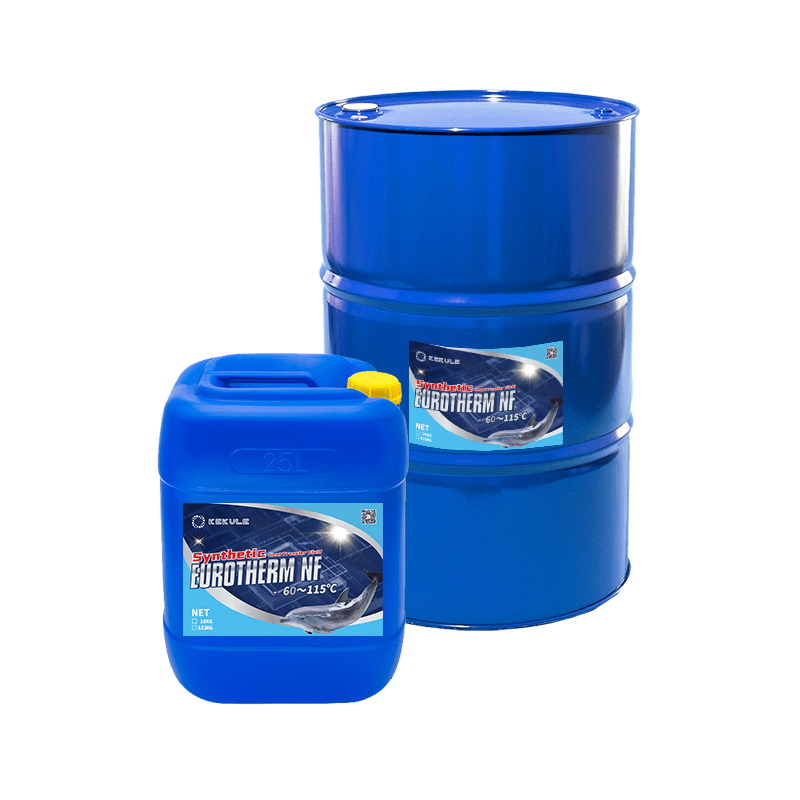Chemie for Dummies
Table of ContentsNot known Facts About ChemieThe Basic Principles Of Chemie The smart Trick of Chemie That Nobody is Talking AboutSome Ideas on Chemie You Should KnowGetting The Chemie To WorkTop Guidelines Of Chemie
(https://dzone.com/users/5271907/chemie999.html)Calculated adjustment in electrical conductivity of liquid examples as a feature of time when stirred with the material sample in the shut indirect cooling loop experiment. Figure 6 reveals the adjustment in the measured electric conductivity of the liquid samples when mixed with the resin sample. The conductivity of the water example from the shut loophole experiment decreased by around 70% from 11.77 S/cm to 3.32 S/cm in 6 hours.These outcomes showed that the capability of the material depends on the test liquid used for the experiment. This shows that different ions existing in the liquid will result in various ion exchange capacity of the liquid. As a result, calculating the ion exchange resin capacity with the fluid sample from the actual air conditioning loophole is necessary.
Not known Facts About Chemie
An ion exchange resin cartridge including 20g of Dowex mixed bed resin may take on order 938 days to saturate - dielectric coolant. To put it simply, to maintain a low electrical conductivity, a resin cartridge with the dimension and weight specification as that of the material cartridge used in the experiment, require to be transformed every 30 months for the air conditioning system that was used in the experiment
The cooling of electronic parts has become a major challenge in current times due to the innovations in the style of faster and smaller parts. The use of a fluid coolant has ended up being appealing due to the higher heat transfer coefficient achieved as compared to air-cooling.
Rumored Buzz on Chemie
A solitary stage air conditioning loop contains a pump, a warmth exchanger (chilly plate/mini- or micro-channels), and a warmth sink (radiator with a fan or a liquid-to-liquid warm exchanger with chilled water cooling). The heat resource in the electronic devices system is affixed to the heat exchanger. Fluid coolants are additionally used in two-phase systems, such as warm pipelines, thermo-siphons, sub-cooled boiling, spray air conditioning, and direct immersion systems [2, 4]
The requirements might differ depending on the sort of application. Adhering to is a checklist of some basic requirements: Great thermo-physical residential or commercial properties (high thermal conductivity and certain heat; reduced viscosity; high concealed warmth of evaporation for two-phase application) Reduced cold point and ruptured factor (sometimes ruptured defense at -40 C or lower is needed for shipping and/or storage space functions) High climatic boiling factor (or low vapor stress at the operating temperature level) for single phase system; a narrow preferred boiling point for a two-phase system Excellent chemical and thermal security for the life of the electronics system High flash factor and auto-ignition temperature (often non-combustibility is a requirement) Non-corrosive to materials of building (steels along with polymers and various other non-metals) No or minimal regulative restrictions (eco-friendly, nontoxic, and perhaps naturally degradable) Economical The most effective electronic devices coolant is a cost-effective and nontoxic fluid with outstanding thermo-physical properties and a long life span.
Chemie Fundamentals Explained
The majority of these liquids have a non-discernible odor and are safe in case of contact with skin or ingestion. As discussed previously, aliphatic PAO-based fluids have actually changed the silicate-ester liquids in a variety of armed forces electronic devices (and avionics) cooling applications in the last years. One more course of popular coolant chemistry is dimethyl- and methyl phenyl-poly (siloxane) or commonly recognized as silicone oil.
Fluorinated compounds such as perfluorocarbons (i.e., FC-72, FC-77) hydrofluoroethers (HFE) and perfluorocarbon ethers (PFE) have particular one-of-a-kind properties and can be used touching the electronic devices [4, 8] Of all, these fluids are non-combustible and safe. Some fluorinated substances have absolutely no ozone depleting potential and other environmental residential or commercial properties.
This coolant is classified as hazardous and must be dealt with and disposed of with straight from the source treatment. The high quality of water made use of for the preparation of a glycol service is extremely important for the system.
Some Known Questions About Chemie.

This is a reduced expense antifreeze service, discovering usage in refrigeration services and ground resource warmth pumps - immersion cooling liquid. This fluid can be utilized down to -40 C owing to its relatively high price of warmth transfer in this temperature range.
It is taken into consideration even more harmful than ethylene glycol and consequently has located use just for procedure applications located outdoors. Methanol is a combustible liquid and, as such, introduces a prospective fire threat where it is saved, managed, or used. This is a liquid service of denatured grain alcohol. Its primary advantage is that it is non-toxic.
Some Known Incorrect Statements About Chemie
As a combustible fluid, it needs certain precautions for managing and storage space. Liquid solutions of calcium chloride locate vast use as circulating coolants in food plants. It is non-flammable, safe and thermally more efficient than the glycol options. A 29% (by wt.) calcium chloride service has a freezing point listed below -40 C.
